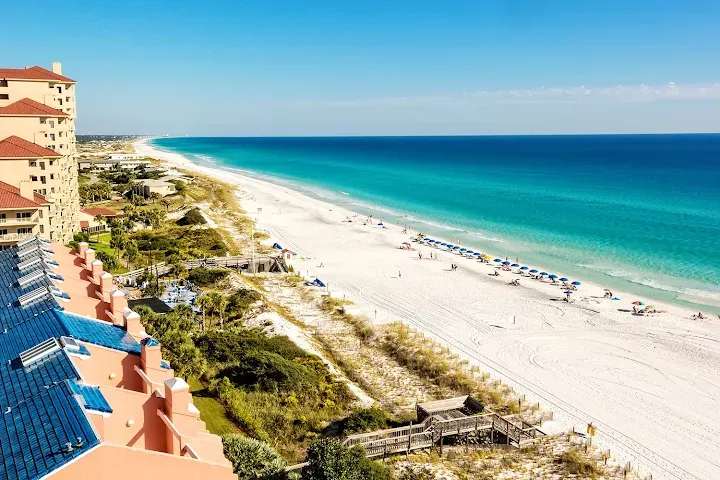
Miramar Beach, located in Panaji (Panjim), the capital of Goa, holds a unique place in the region’s history. While it is more popularly known today as a scenic tourist spot, its historical background intertwines with colonial rule, political movements, and urban development. Here’s a comprehensive overview of the historical history of Miramar Beach:
1. Historical Background
A. Origin of the Name
- “Miramar” means “viewing the sea” in Portuguese.
- Originally known as Porta de Gaspar Dias, the name was changed during the Portuguese colonial era.
- The area was renamed Miramar during the mid-20th century to reflect a more cosmopolitan and touristic appeal.
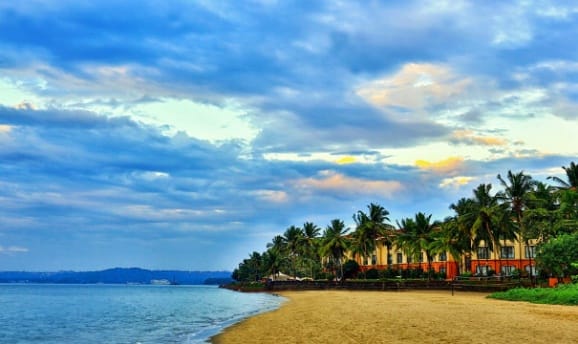
B. Portuguese Colonial Influence
- Goa was a Portuguese colony from 1510 until 1961.
- Miramar developed as a residential and recreational extension of Panaji under Portuguese rule.
- Wealthy Portuguese and Goan elites built villas and bungalows in the area, giving it an upscale residential identity.
- Gaspar Dias, after whom the original beach was named, is believed to have been a Portuguese nobleman or settler.
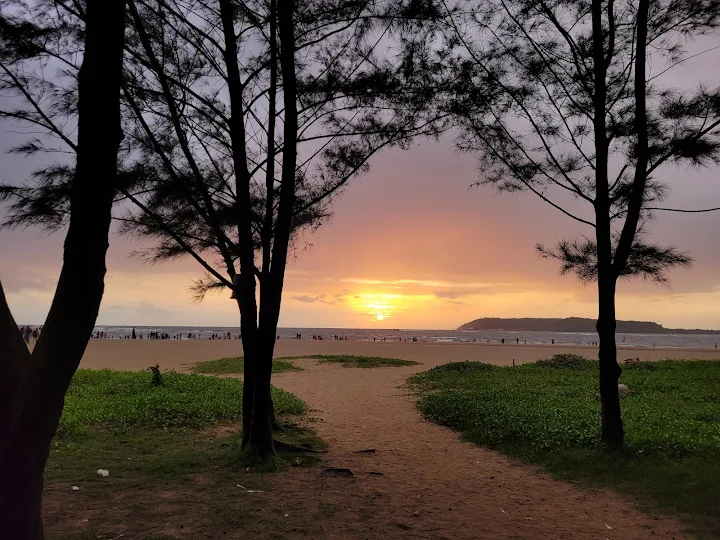
2. Urban Planning & Development
- Miramar was part of urban expansion projects during the early 20th century when Panaji began to grow beyond its old Latin Quarter (Fontainhas).
- The area was strategically designed with boulevards, promenades, and large open spaces, giving it a European seaside-town feel.
- The Miramar Circle and surrounding roads became notable landmarks in Panaji’s urban landscape.
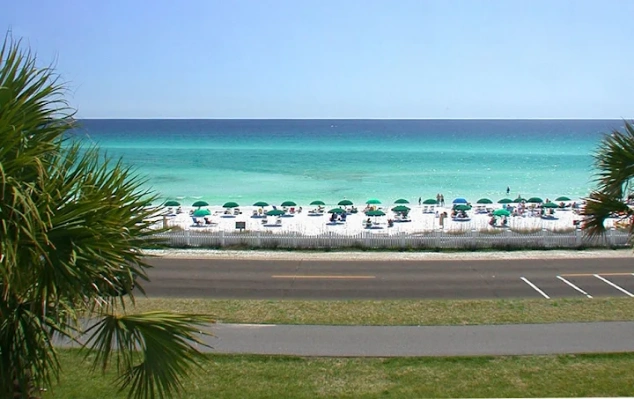
3. Political Significance
- During the Goa Liberation Movement (1940s–1961), Miramar Beach was occasionally used as a public gathering spot for rallies and patriotic events.
- After Goa’s liberation from Portuguese rule in 1961, the beach continued to serve as a venue for public and political functions.
- The Samadhi of Dayanand Bandodkar, Goa’s first Chief Minister, is located near Miramar Beach, adding a political and commemorative dimension.
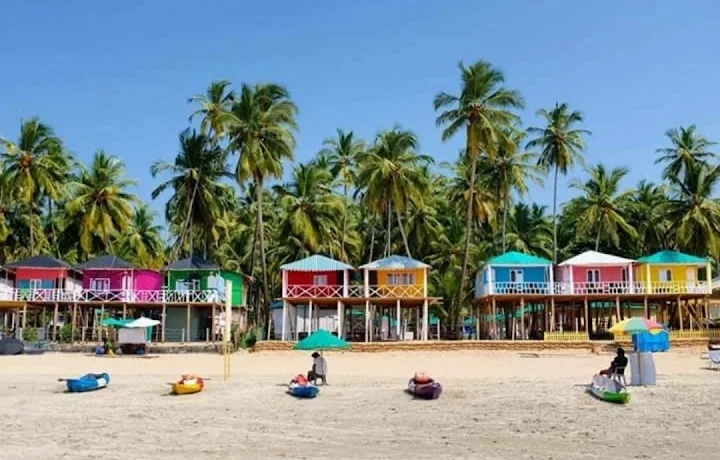
4. Cultural and Educational Importance
- The beach is near several important cultural and educational institutions:
- Kala Academy: Established in the 1970s, it is a premier arts and culture center designed by architect Charles Correa.
- Dhempe College of Arts and Science, Sharada Mandir School, and other institutions are nearby.
- Over time, Miramar evolved into a cultural hub for events, festivals, and art exhibitions.
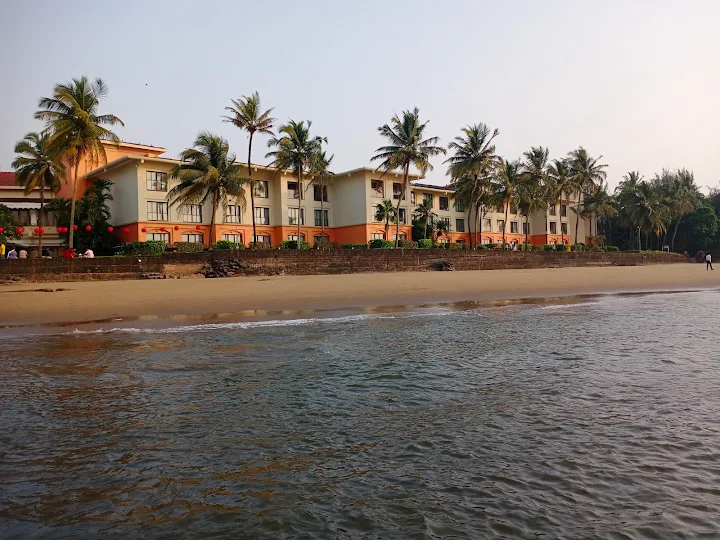
5. Transition into a Tourist Attraction
- From the 1980s onwards, Miramar began to attract both domestic and international tourists.
- It remains one of the few urban beaches in India with direct access from a state capital, making it highly accessible.
- The promenade, sunset views, and its proximity to the Mandovi River estuary make it a favored recreational spot.
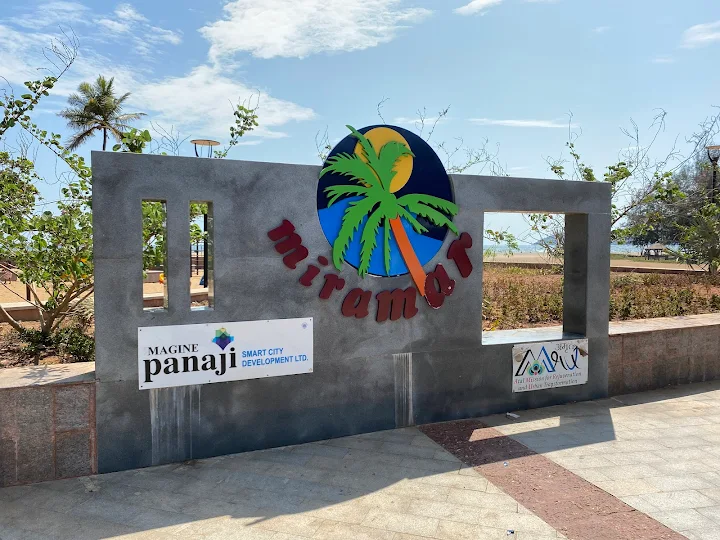
6. Present-Day Relevance
- Miramar is now a blend of historical legacy and modernity.
- It hosts:
- International events like IFFI (International Film Festival of India).
- Public concerts, parades, and seasonal festivals.
- Real estate development and tourism infrastructure continue to grow in the area, reflecting its ongoing evolution.
Conclusion
Miramar Beach, though not ancient like some Goan temples or forts, holds historical importance as a symbol of Goa’s colonial past, post-liberation development, and cultural identity. It evolved from a serene coastal retreat of Portuguese elites into a dynamic public space reflecting modern Goan life and tourism. Its significance lies in its geographic placement, colonial legacy, and ongoing role in Goa’s socio-cultural fabric.










Add comment